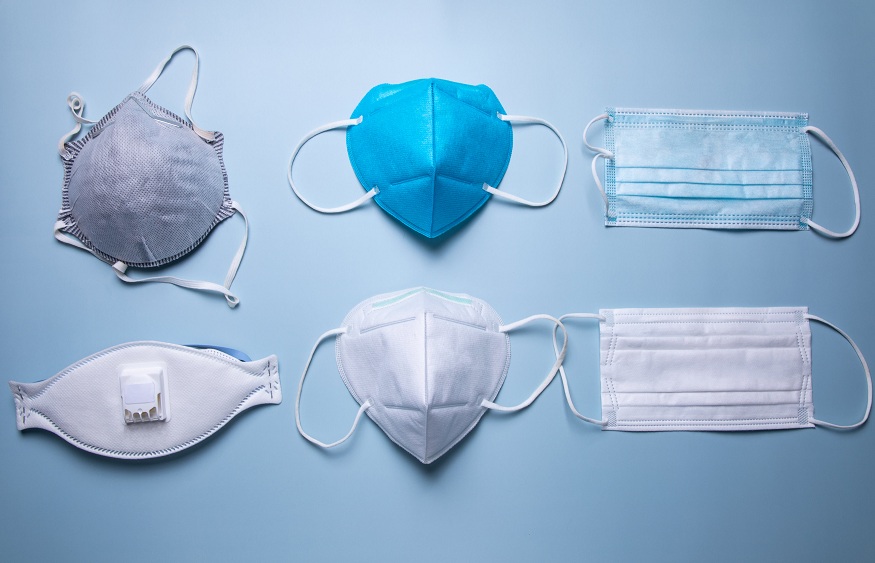When it comes to choosing the right respiratory protection for pollution hazards, the selection process primarily revolves around several key factors. These include assessing the airborne concentration of the substance to which the wearer is exposed, ensuring the proper fit of the respirator, and adhering to the hazard exposure limit set for that particular substance.
Understanding N95 respirators vs. face coverings
Face coverings and medical masks primarily serve to protect those in your vicinity while talking, coughing, or sneezing. In contrast, N95 respirators, when correctly worn, are engineered to safeguard you by filtering the air you breathe in.
Face Masks
A face mask covers the nose and mouth and serves as a source control measure for the general public and healthcare personnel, as recommended by the CDC. These masks may vary in their fluid barrier and filtration efficiency levels. They are not a replacement for N95 respirators or surgical masks, which offer respiratory protection and fluid barrier protection, respectively.
Particulate Respirators
It ensures that you breathe pollution and germ free air when it gets rightly fit. This would help to lessen down the risk of any kind of illness. Ideal for protection from PM2.5. Have the words NIOSH, EN, or ISI and the approval type (i.e., N95, FFP1, etc.) printed on the product. Are secured tightly to the face, with 2 head straps and a nose adjustable clip over the nose to allow for a more custom fit. You should check out Procurenet for better options.
Comfort Masks
Usually, they do not fit tightly to the face, as there might be gaps around the edges. They are not cleared by the FDA for use as surgical mask and are not designed to protect your lungs from airborne hazards like PM2.5. It may not have any specific approval from the experts that you may find on it. You should ensure that it is not too tight on the face.
Comparing Surgical Masks and Surgical N95 Respirators
Surgical masks, regulated by the FDA, are loose-fitting and create a physical barrier, but they do not seal around the nose and mouth. In contrast, surgical N95 respirators are respiratory protective devices with a close facial fit and efficient filtration. They work as the protection for face. Surgical N95 respirators are frequently used in healthcare settings.
Conclusion
It’s essential to differentiate between surgical masks and cloth face coverings. While cloth face coverings have gained prominence during the COVID-19 pandemic, They are distinct from surgical masks. Unlike surgical masks, cloth face coverings don’t necessitate FDA approval and offer a different level of protection. For a wide range of quality masks and respirators, you can explore options at Procurenet.
FAQs
What differentiates a respirator from a mask, and what factors impact their effectiveness?
A respirator offers superior filtration and, when worn correctly, provides higher protection than a mask, but effectiveness depends on proper fit and usage.
What purpose does a respirator serve?
You can use a respirator as a preventive measure against inhaling harmful airborne substances.

